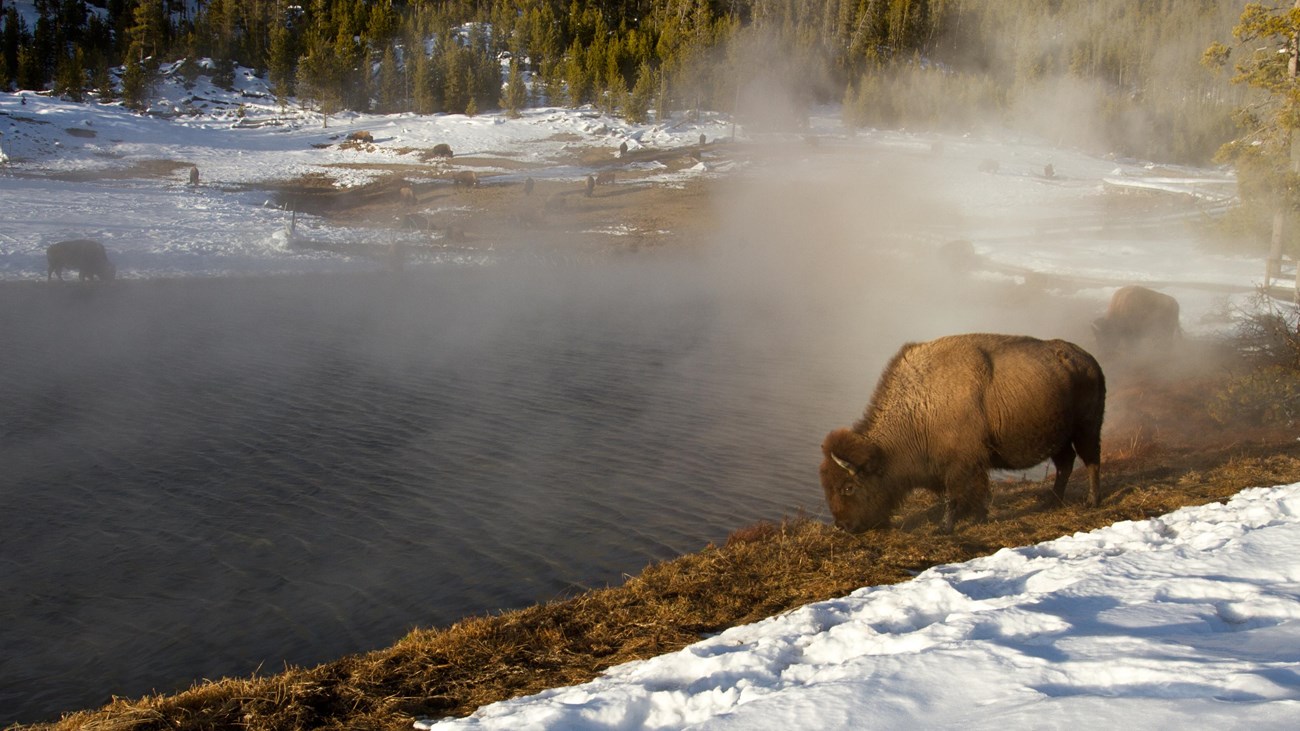
Courtesy Andrew Hansen 
How land is used outside the park can disrupt ecological processes within the park. The region’s human population resides in towns, small cities, and surrounding rural residential developments, usually on or near large river floodplains and serviced by roads and airports. The population across the 20 counties of the Greater Yellowstone Ecosystem (GYE) more than doubled during 1970–2021 (140% increase), housing density tripled, and both are projected to double again by 2050. Developed lands covered 31% of the GYE in 2016. Potential stressors on the GYE have intensified dramatically in recent decades. The natural amenities, high quality of life, and other attributes of the region have attracted large numbers of new residents. Private land in the GYE is primarily located in valley bottoms and flood plains, which generally have longer growing seasons and higher plant productivity than the higher-elevation areas that are protected as public land. In addition, new homes have been disproportionately located in areas that are important for biodiversity, particularly grizzly bear habitat, bird hot spots, and riparian zones. The percentage of the GYE used for agriculture remained relatively constant from 1920 to 1990 but has declined slightly since then, to about 18%. Agriculture is still a significant use of the land. In 2007, the percentage of agricultural crop land in the counties in and near the GYE ranged from less than 5% to more than 50%. Source: NPS DataStore Saved Search 3628. To search for additional information, visit the NPS DataStore. 
Greater Yellowstone Ecosystem
Yellowstone is the heart of one of the largest, nearly intact temperate-zones on Earth. |
Last updated: April 18, 2025
